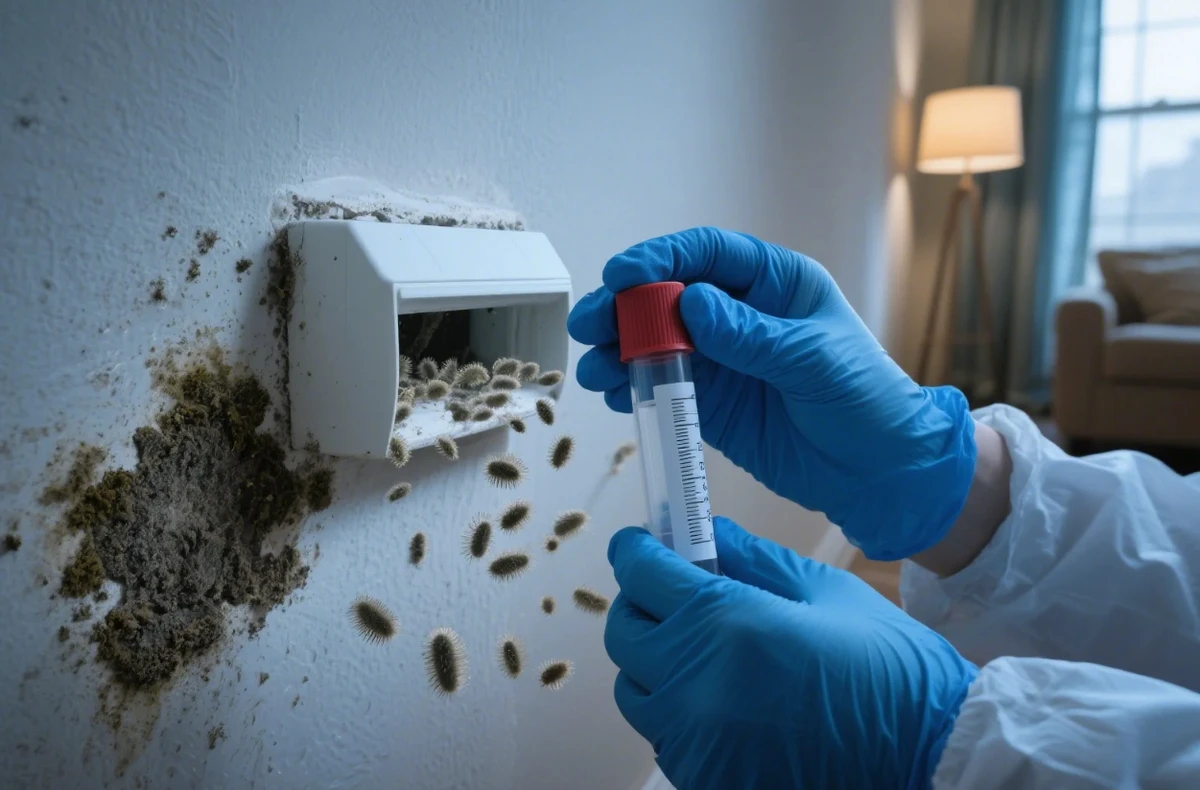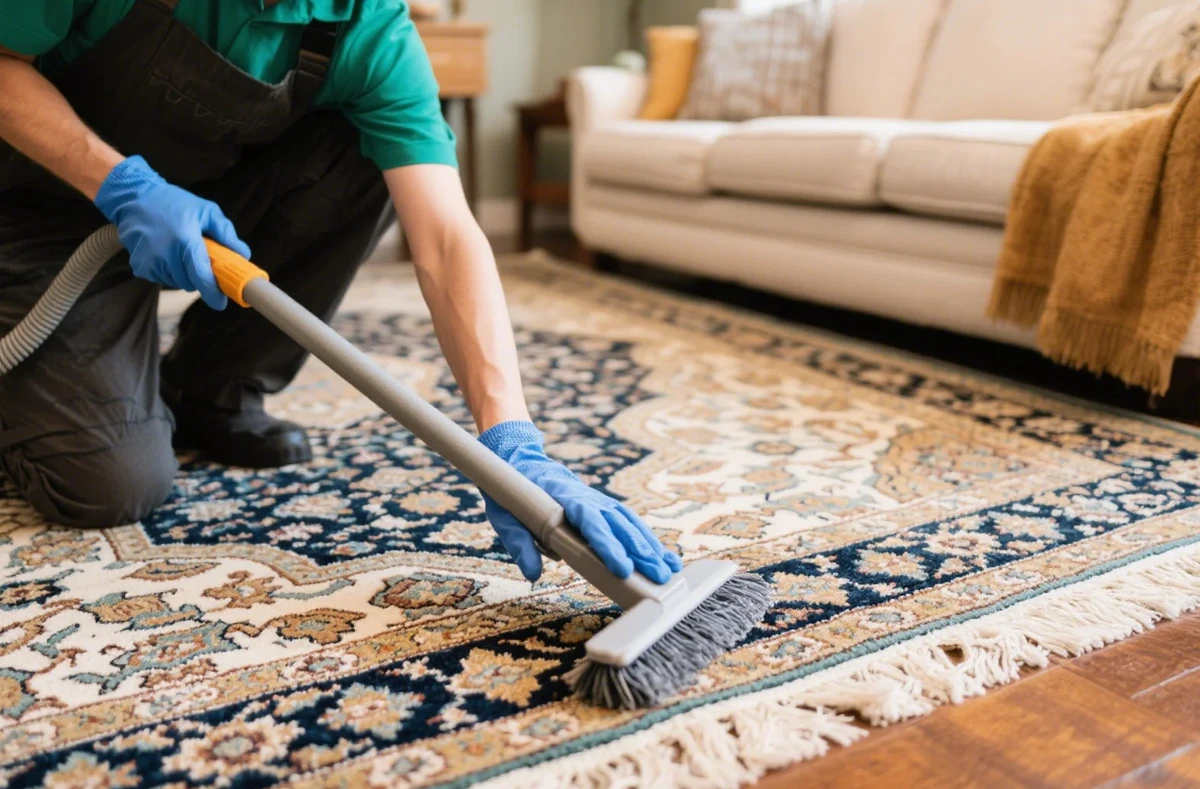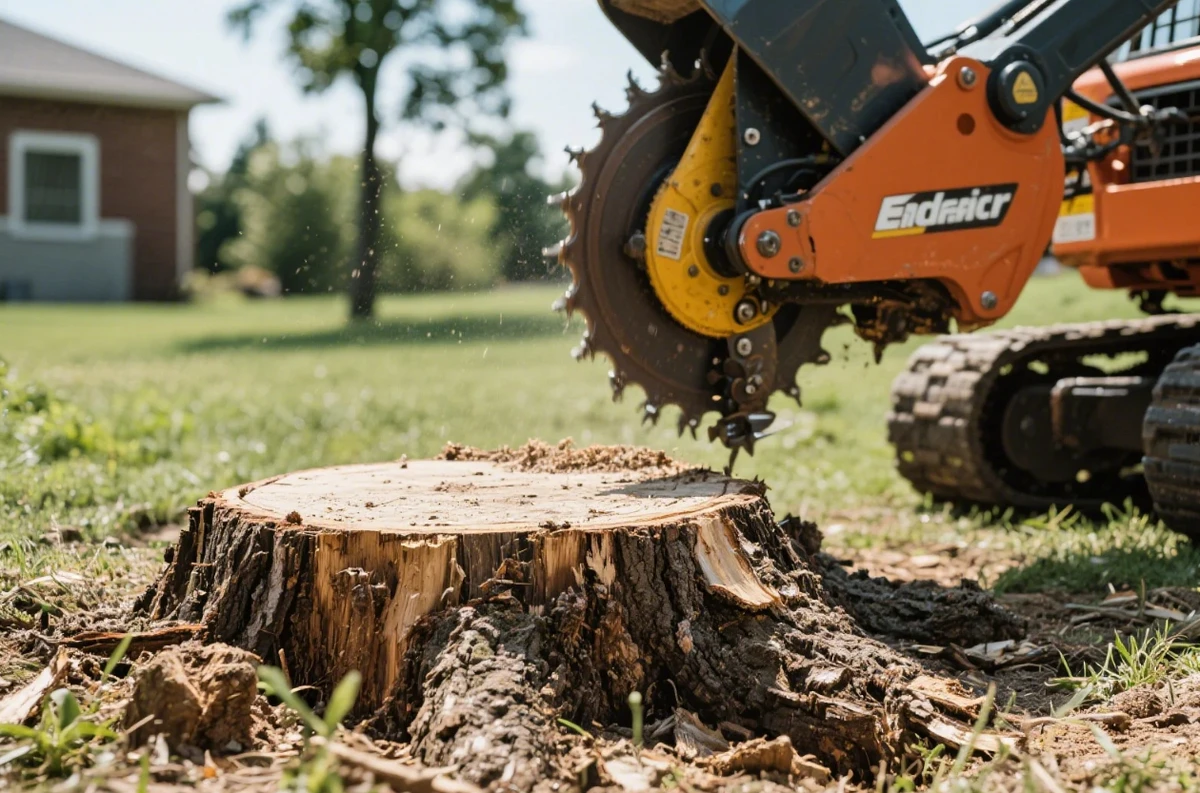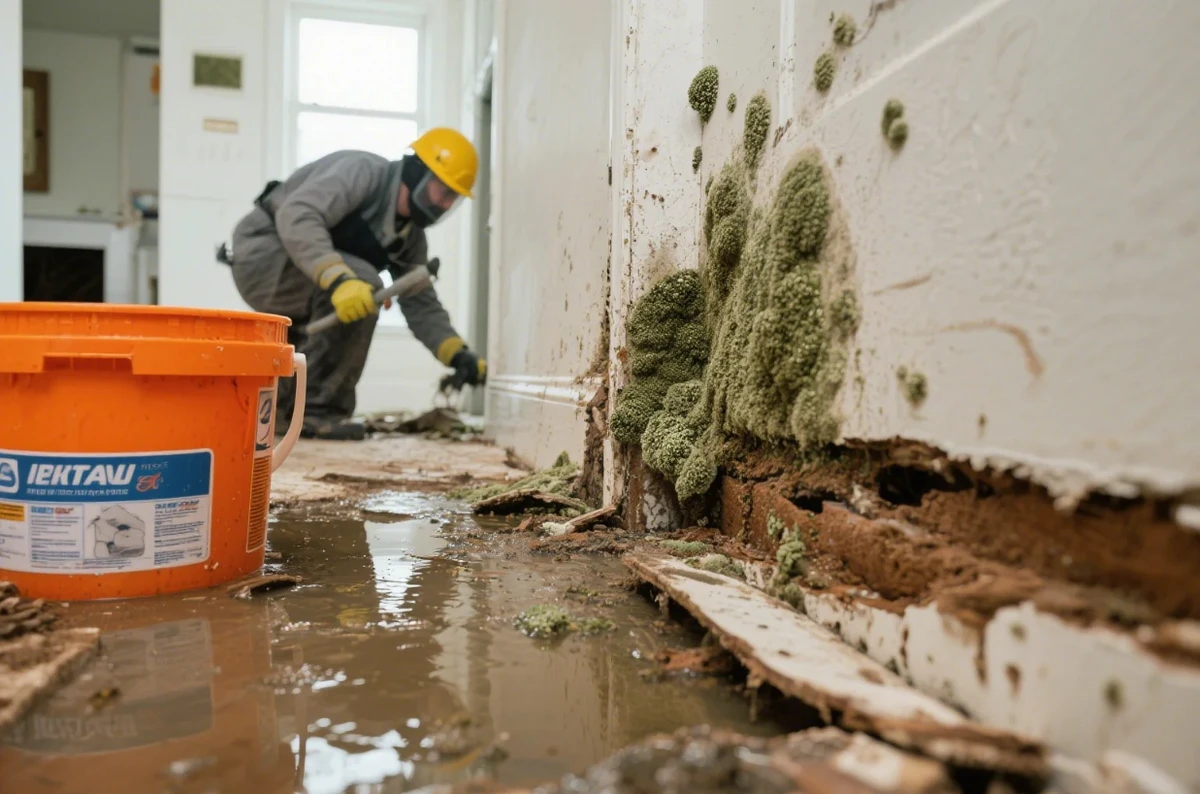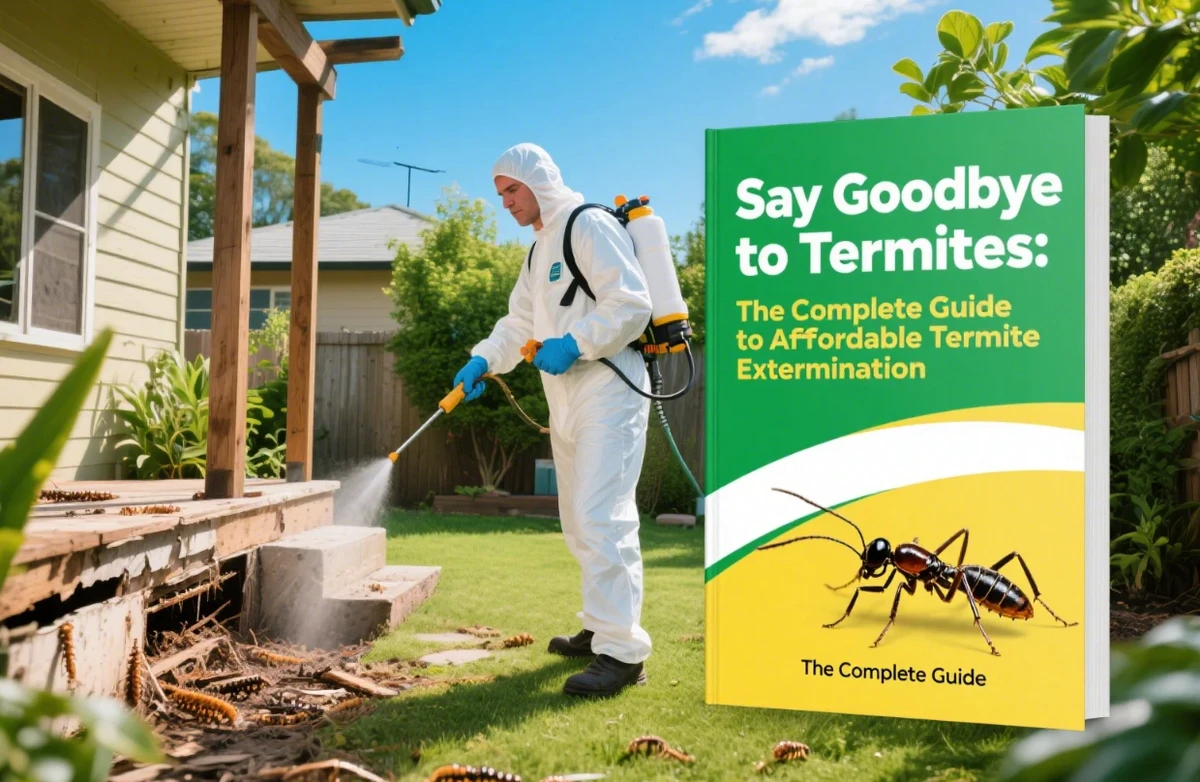Learn the key steps to handle mold remediation and water damage cleanup to protect your home and health.
Flooded Basement Cleanup: Immediate Steps for Prevention
Water damage in basements is a common issue, especially during heavy rains or storms. A flooded basement cleanup emergency requires quick action to prevent mold growth, which can begin within 24 to 48 hours of water exposure. First, ensure the area is safe by turning off electricity if necessary, as water and electricity are a dangerous combination. Once the water is drained, begin removing any items that could trap moisture and lead to mold growth. Use industrial-grade dehumidifiers and fans to dry out the area. It's important to inspect the foundation for cracks or gaps where water could have entered. Regularly checking the basement for water damage and sealing any entry points will help prevent future flooding.
Mold Remediation After Water Damage: Understanding the Process
Mold can quickly become a serious health concern after water damage if not addressed promptly. Mold remediation after water damage involves identifying and removing any mold growth and taking steps to prevent it from returning. This process typically starts with a thorough inspection to locate the source of moisture. Once identified, the affected areas are isolated, and the mold is removed using specialized cleaning agents. After removal, the area is treated with antifungal solutions to prevent mold from returning. Air purifiers and dehumidifiers are also essential to ensure the space stays dry and mold-free. If the damage is extensive, it's important to consult certified mold remediation specialists to ensure proper handling and cleanup.
Sewage Backup Cleanup: What You Need to Know
A sewage backup cleanup certified by professionals is necessary when your property is affected by contaminated water. Sewage water contains harmful bacteria and pathogens that can cause serious health issues if not cleaned properly. Begin by ensuring the area is ventilated and that personal protective equipment is used to prevent exposure. The contaminated water must be pumped out and safely disposed of, as it can carry hazardous materials. After the water is removed, all affected materials like carpets and drywall should be carefully removed, as they can harbor bacteria. Once removed, a deep sanitization process is essential to kill any remaining pathogens. This can include disinfecting surfaces and using industrial cleaning agents to ensure the area is safe to inhabit again.
Drywall Replacement After Pipe Burst: Fixing the Damage
A pipe burst can cause extensive water damage to drywall, and drywall replacement after a pipe burst is often necessary. When water from a burst pipe soaks drywall, it can weaken the material, making it susceptible to mold growth and structural issues. The first step is to stop the water flow and assess the damage to the drywall. If the drywall is wet but not heavily damaged, it may be possible to dry it out with fans and dehumidifiers. However, if the drywall has become saggy or discolored, it should be replaced immediately to avoid mold contamination. It's also important to inspect the insulation behind the drywall, as it can absorb water and promote mold growth. After replacement, ensure that all surfaces are thoroughly dried and sanitized to prevent future issues.
Carpet Drying and Sanitization Service: Preventing Mold Growth in Carpets
Carpets are highly susceptible to water damage, and proper carpet drying and sanitization service is essential after flooding or water intrusion. When carpets are soaked, they can quickly become a breeding ground for mold and bacteria if not dried thoroughly. The first step in carpet drying is to remove excess water using specialized extraction equipment. Once the water is removed, the carpet should be placed in a well-ventilated area with fans and dehumidifiers to promote rapid drying. Sanitization is also key to removing any bacteria or fungi that may have been introduced during the water exposure. Professional services may use antimicrobial treatments to disinfect the carpet and ensure it is safe for use. If the carpet cannot be saved after drying, replacement may be the best option to protect the home from future mold problems.
Preventing Mold Growth After Water Damage: Key Steps
Preventing mold growth after water damage requires immediate and effective action. Mold thrives in damp, humid environments, so removing excess moisture is the first priority. After cleaning up the water, use dehumidifiers and fans to dry out the affected area quickly. This is especially important in areas like basements, attics, and crawl spaces, which are prone to higher humidity levels. Regularly check for any signs of moisture or leaks that could lead to mold. If you spot any mold growth, it should be addressed immediately to prevent it from spreading. In addition, keep your home well-ventilated, and avoid high humidity levels by using air conditioning or installing a whole-house dehumidifier.
Understanding the Cost of Mold Remediation Services
The cost of mold remediation after water damage can vary depending on the extent of the damage and the size of the affected area. For smaller, contained areas, the cost can be relatively low, but for larger areas or severe infestations, the price may rise significantly. The factors that influence the cost include the level of contamination, the materials that need to be replaced, and the complexity of the remediation process. Professional mold remediation services may also include air quality testing, which can add to the overall cost. In some cases, insurance may cover part of the expense, so it's important to check with your insurance provider. Although the cost of remediation might seem high, addressing mold problems early can save you money in the long run by preventing further damage. Consulting with an expert can help you understand the best course of action and associated costs.
Long-Term Mold Prevention Tips for Your Home
After dealing with water damage and mold remediation, it’s important to implement long-term strategies to prevent mold from returning. Start by ensuring your home is properly ventilated, especially in high-moisture areas like bathrooms, kitchens, and basements. Use dehumidifiers to keep indoor humidity levels below 60%. Regularly inspect your home for leaks in the roof, pipes, and windows, and address them immediately to avoid water exposure. Maintain proper drainage around the foundation to prevent water from pooling near your home. When cleaning, use mold-resistant cleaning products, and consider applying a mold inhibitor to susceptible areas. Taking these preventative measures can keep your home safe from future mold issues.

